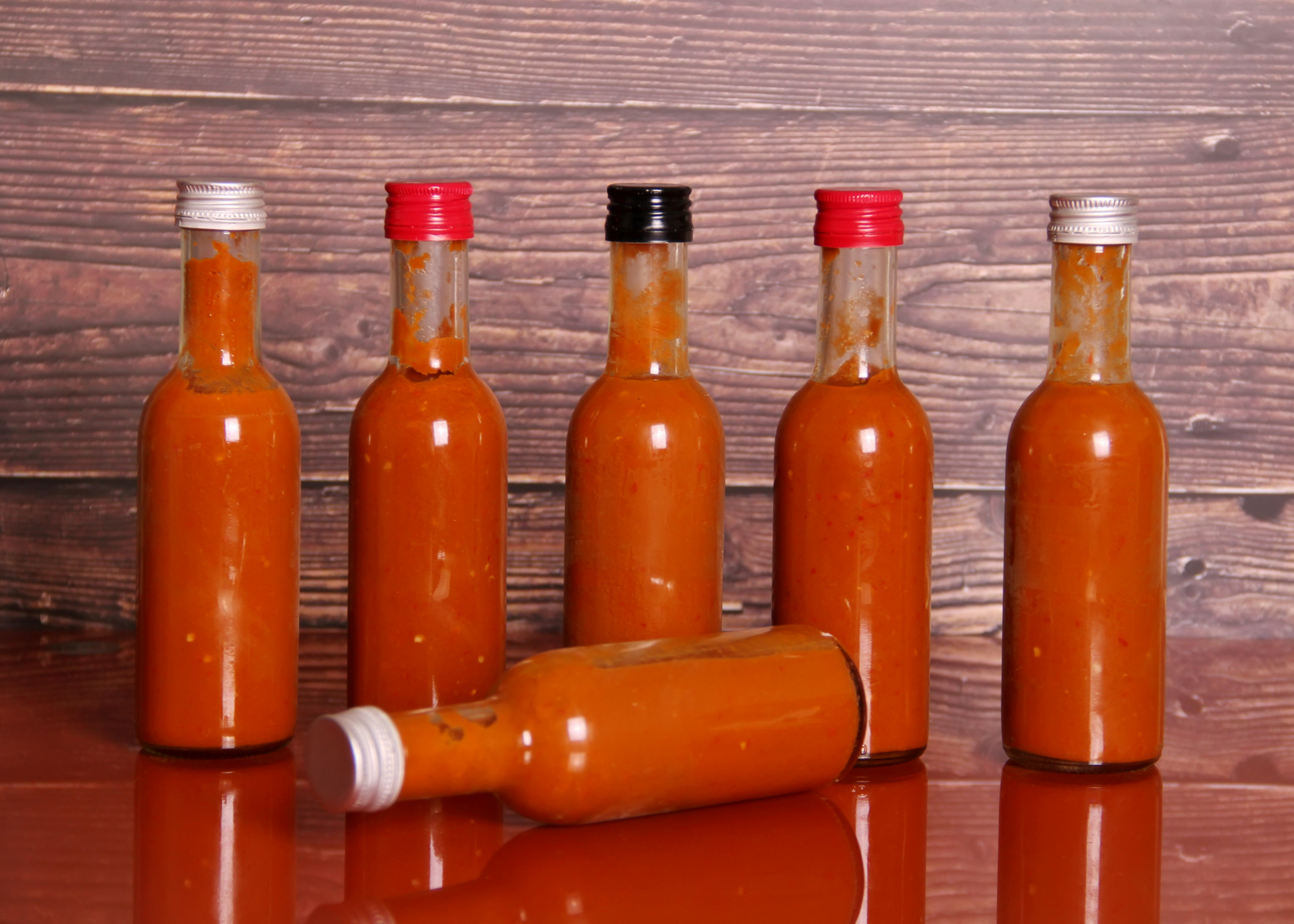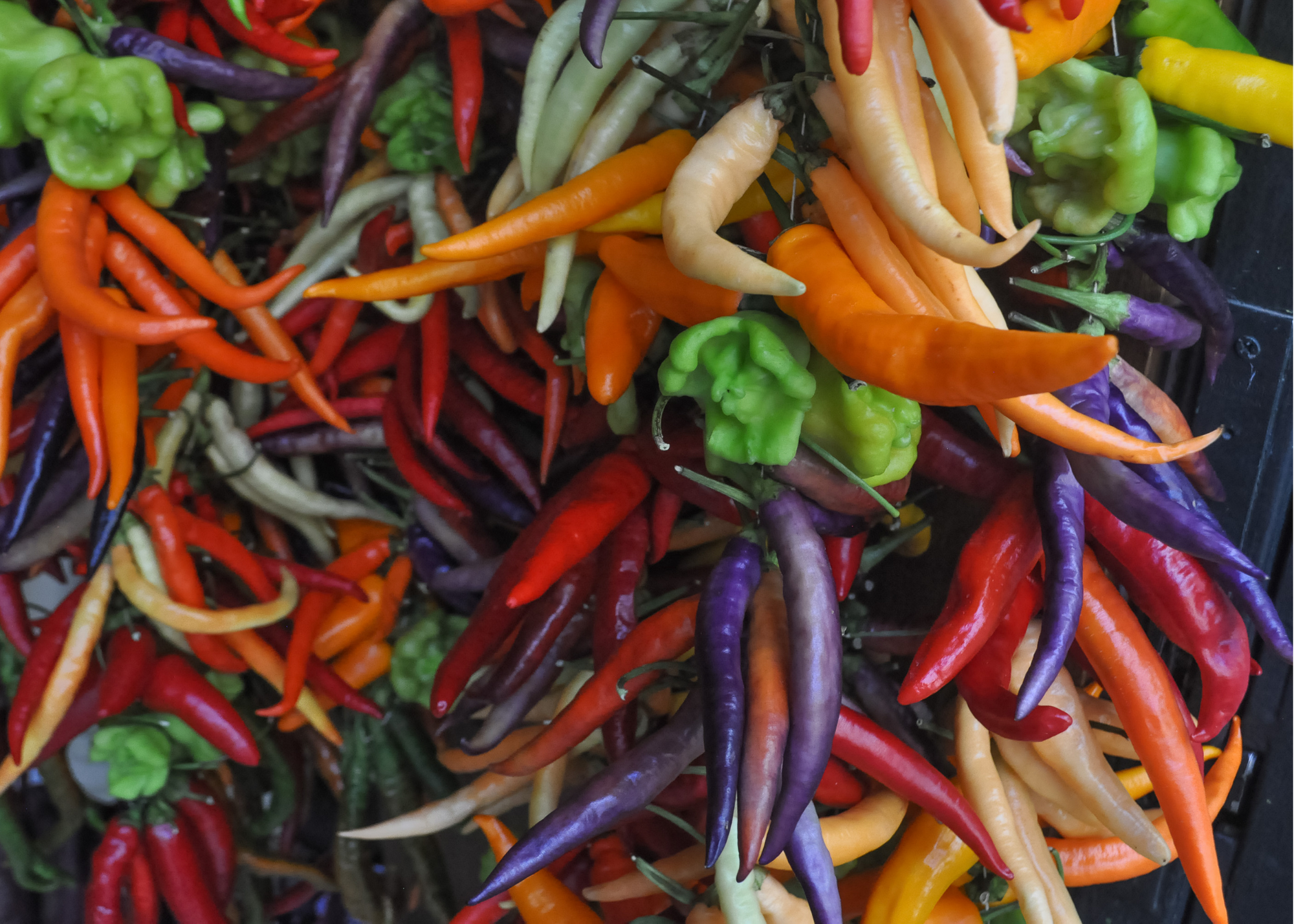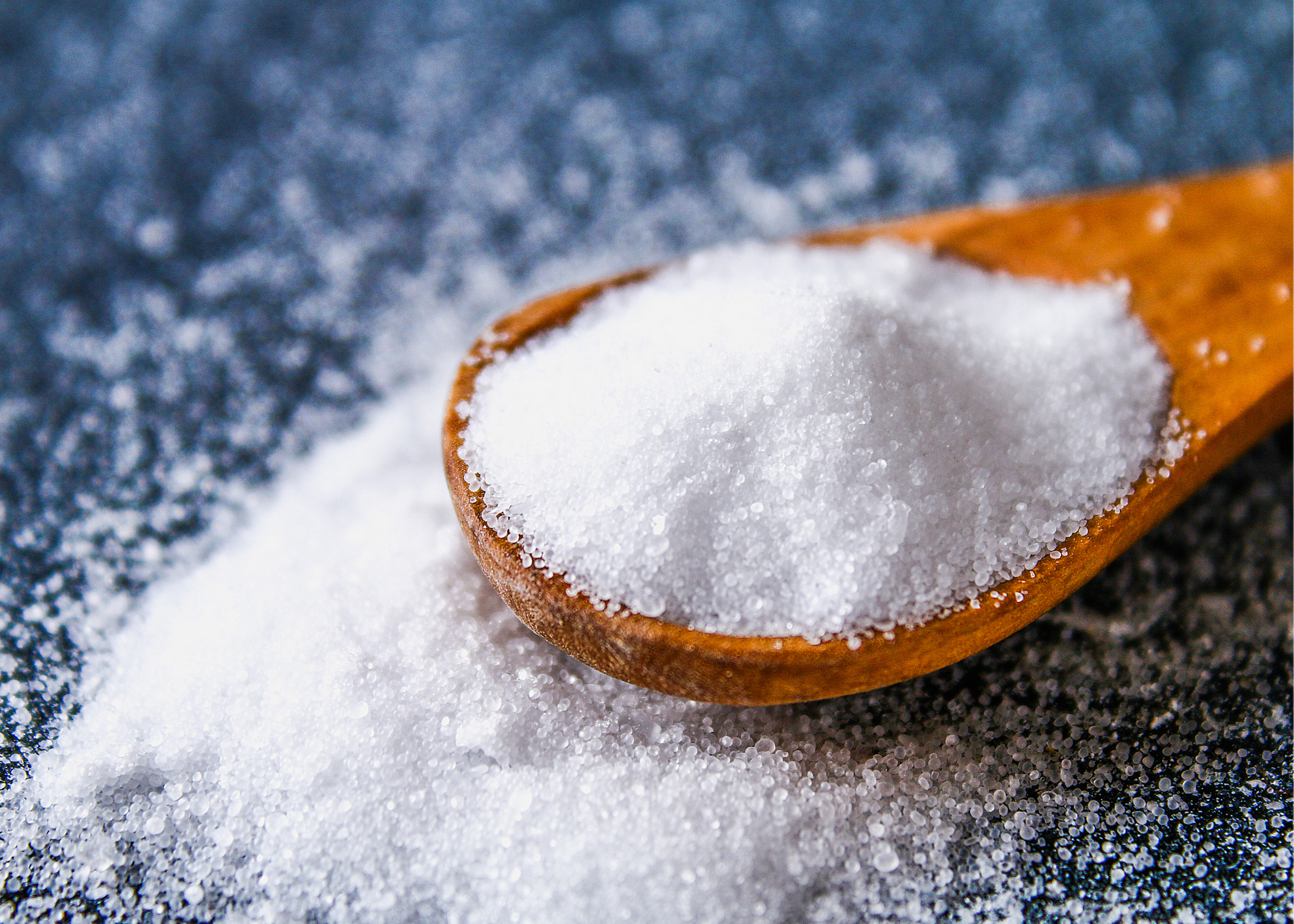All About Hot Sauce
With All the Hot Sauce Americans Consume, It's Good to Know Hot It's Made
 Let’s face it, Americans love hot sauce. If you've ever thought otherwise, simply wander through the condiment aisle of your local market.It doesn't matter if it's a national chain or a local mom and pop, you're bound to find dozens of brands and flavors. In fact, Fortune Business Insights predicts the hot sauce market will be worth 3.77 billion in 2026! That's a staggering number, making it truly a hot commodity (get it?).So, whether you’re a sriracha-holic, a gochujang trend-setter, or a Tabasco purist, we can all agree hot sauce is just tops. And if you're thinking otherwise, I'll remind you buffalo is technically a hot sauce too. Got you there, didn't I?With all that in mind, let's get a better idea of how hot sauce is made.
Let’s face it, Americans love hot sauce. If you've ever thought otherwise, simply wander through the condiment aisle of your local market.It doesn't matter if it's a national chain or a local mom and pop, you're bound to find dozens of brands and flavors. In fact, Fortune Business Insights predicts the hot sauce market will be worth 3.77 billion in 2026! That's a staggering number, making it truly a hot commodity (get it?).So, whether you’re a sriracha-holic, a gochujang trend-setter, or a Tabasco purist, we can all agree hot sauce is just tops. And if you're thinking otherwise, I'll remind you buffalo is technically a hot sauce too. Got you there, didn't I?With all that in mind, let's get a better idea of how hot sauce is made.
Hot Sauce 101
Pepper Power
 When it comes to hot sauces, it all starts with the pepper. Sure, it seems obvious, but the flavor of the sauce is dictated by the type, quality, and ripeness of the chile you use. And with over 4,000 types worldwide, you have plenty of options.Once the pepper has been picked, the stems are removed, and the pepper is washed thoroughly. They are then mashed, chopped, or ground in preparation for the next step.
When it comes to hot sauces, it all starts with the pepper. Sure, it seems obvious, but the flavor of the sauce is dictated by the type, quality, and ripeness of the chile you use. And with over 4,000 types worldwide, you have plenty of options.Once the pepper has been picked, the stems are removed, and the pepper is washed thoroughly. They are then mashed, chopped, or ground in preparation for the next step.
In This Case, Be Salty
 Now that a clean pepper mash has been created, it’s time to bring out the chili's natural depth of flavor and assist in preservation. This is accomplished by adding salt in a concentration of 15-20% (or higher in some cases), thus beginning the fermentation stage.Remember two things: a higher salt concentration means a longer fermentation but a cleaner flavor, whereas a salt concentration under 9% allows for a faster malolactic fermentation (like in wine), but it creates an unpleasant flavor in pepper-based sauces. Choose wisely.The salted mash is placed in a breathable covered container and agitated (shaken or stirred) periodically. Fermentation times vary by sauce type and batch size anywhere from 15 days to 6 months.Once desired fermentation is achieved, peppers may be further processed and strained as desired to remove seeds and fibers leaving only a soft, fermented pulp.Acid Trip
Now that a clean pepper mash has been created, it’s time to bring out the chili's natural depth of flavor and assist in preservation. This is accomplished by adding salt in a concentration of 15-20% (or higher in some cases), thus beginning the fermentation stage.Remember two things: a higher salt concentration means a longer fermentation but a cleaner flavor, whereas a salt concentration under 9% allows for a faster malolactic fermentation (like in wine), but it creates an unpleasant flavor in pepper-based sauces. Choose wisely.The salted mash is placed in a breathable covered container and agitated (shaken or stirred) periodically. Fermentation times vary by sauce type and batch size anywhere from 15 days to 6 months.Once desired fermentation is achieved, peppers may be further processed and strained as desired to remove seeds and fibers leaving only a soft, fermented pulp.Acid Trip Now it’s time for some acid. Most hot sauces use vinegar in this step. Not only does the vinegar add to the flavor, but it also helps protect the sauce from spoilage. The high salt and acid ratios mean many hot sauces are entirely shelf stable.At this point you can start tweaking the final flavor of the sauce. The addition of other flavorings like onions, garlic, or even fruits, can add water activity to the sauce, reducing its shelf-life. Remember, even a small amount of water can take a hot sauce from safe to dangerous.Keep it Safe
Now it’s time for some acid. Most hot sauces use vinegar in this step. Not only does the vinegar add to the flavor, but it also helps protect the sauce from spoilage. The high salt and acid ratios mean many hot sauces are entirely shelf stable.At this point you can start tweaking the final flavor of the sauce. The addition of other flavorings like onions, garlic, or even fruits, can add water activity to the sauce, reducing its shelf-life. Remember, even a small amount of water can take a hot sauce from safe to dangerous.Keep it Safe Hot sauces, regardless of their salt and acid levels, should always be placed in sanitized jars with tightly closing lids that can be submerged in boiling water until the internal temperature reaches 185 degrees Fahrenheit. The jar should then be cooled and stored appropriately.Whether it's happening in the back of house at a restaurant or in a commercial bottling facility, these rules should be strictly adhered to for consumer safety.Unfortunately, more delicate flavors like cilantro can be degraded in the heating step. But you can always add natural oils to help keep these flavors bright.
Hot sauces, regardless of their salt and acid levels, should always be placed in sanitized jars with tightly closing lids that can be submerged in boiling water until the internal temperature reaches 185 degrees Fahrenheit. The jar should then be cooled and stored appropriately.Whether it's happening in the back of house at a restaurant or in a commercial bottling facility, these rules should be strictly adhered to for consumer safety.Unfortunately, more delicate flavors like cilantro can be degraded in the heating step. But you can always add natural oils to help keep these flavors bright.
It's a Pleasure to Burn!
Hope this little lesson in hot sauce production taught you something interesting. If not, hopefully it just made you want to go splash some spicy pepper liquid onto your menu. Either way, hot sauce is boss, and it will be for a very long time.